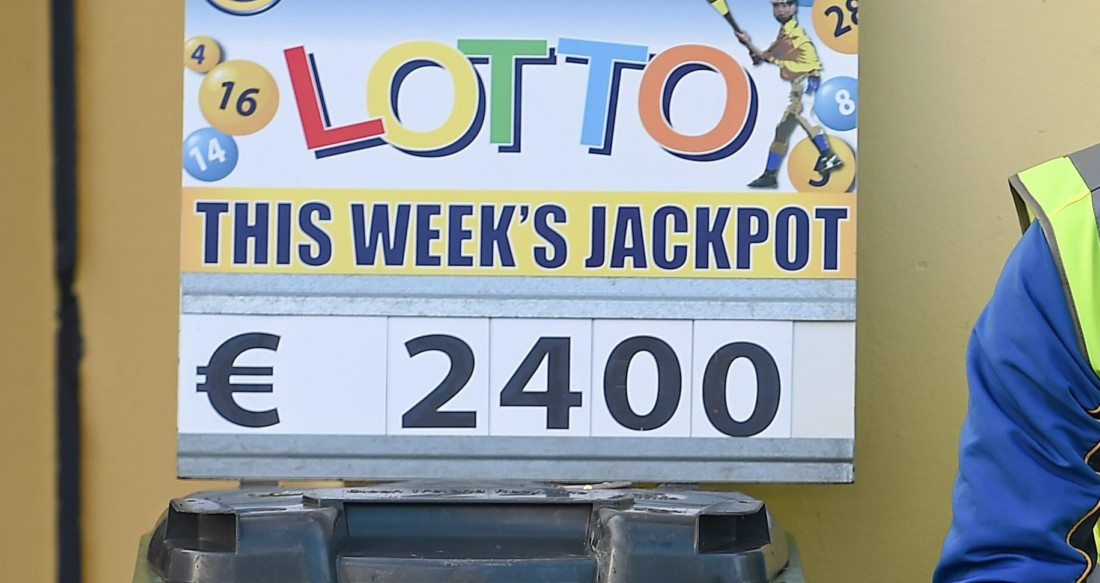MANY GAA clubs have put in place planned giving schemes as a core part of their fundraising strategies. These replicate very successful approaches that have been developed at county level, e.g. Club Aontroma; Club Derry and Club Tyrone.
The basic principle is very simple: you ask people who have the welfare of the GAA in your club area at heart to commit to paying a set amount to the club. The commitment can be open ended or for a set period. In most cases the payment is of the order of £20 or €20 per month.
Most of these schemes are essentially ‘one way’, i.e. the person gives the money but gets nothing (or very little) tangible in return.
Some schemes offer subscribers a specific branded bit of club merchandise, e.g. a coat. Some will offer a bit of hospitality once a year. But these aren’t like draws or corporate tickets. The fundamental idea is that they’re a means for interested, committed people to support the GAA at local club level in a very effective way.
These schemes will only work in your own catchment area. They’re not like draw tickets – you don’t go elsewhere to sell them. However this means that every club in a county could have such a scheme in place, and no-one is treading on anyone else’s toes. People who have moved away from their home area can also be signed up to make a contribution “back home”.
Absolutely central to the success of such a scheme is persuading people to come on board. There are no shortcuts to this but equally it’s not a hard task. Clubs just need to spell out what they offer, or plan to offer, the local community and particularly what they provide for young people. Virtually every club has a great story to tell in terms of what it has/does in terms of:
– Facilities: pitches; gyms; halls; changing rooms; etc.
– Teams.
– Coaching and the Go Games model.
– Games for boys and girls of all abilities.
– A hub for the local community.
– Good, robust healthy activities.
– Cultural activities such as Scór.
– Work with the local schools.
– A whole family ethos.
– A contribution to GAA activity at county level.
It’s vital to get these stories across because most people want to be part of positive things like the GAA. Usually we get the stories across via a well-designed brochure. Clubs can then call people together and do a formal presentation of what they are and what they’re trying to do. If taking this approach, put a good effort into the presentation, i.e. use PowerPoint etc.
Equally you can approach individuals on a one-to-one basis. But a good brochure gives the message, loud and clear, that you’re serious; business like; and respectful of your potential subscribers.
In terms of rolling out such a scheme in your Club, experience elsewhere tells us:
– Signing up to such a scheme doesn’t suit everybody so don’t approach everybody.
– These schemes should not be seen as competing with weekly Lottos: they’re different things aimed at different markets.
– Many people sign up because it’s the only way they can make a real contribution to the club (e.g. they don’t have the time to do hands-on work).
– Asking people to sign standing orders/ direct debits makes the administration much easier.
– A specific club bank account for the scheme helps emphasise how it’s additional to other traditional fund-raising methods.
– It is appreciated by subscribers when the club demonstrates that this income will be ring-fenced for a specific task, e.g. for development; a second pitch; youth coaching; etc.
– If there’s no tangible return or ‘reward’, subscribers may become demotivated in continuing their donations.
– All you have to do with most people is ask. If they’re aware of what the GAA does locally -and that’s up to you to tell them – then most people are keen to make a contribution.
– Get a small dedicated group to run the scheme.
– Use IT to help manage it. It’s important to have all your members on a simple database. That makes sure you know who’s on board and what they have contributed. It also eases the workload when it comes to mail-merges for writing out to people.
It’s absolutely vital to keep in touch with members. At least once a year go back to them, usually via a well-produced annual report, and tell them:
– How much they have contributed.
– Where their money went.
– How their club performed overall.
– What their club’s plans are.
– How important they (as subscribers) are to their club and therefore to the local community.
Receive quality journalism wherever you are, on any device. Keep up to date from the comfort of your own home with a digital subscription.
Any time | Any place | Anywhere












